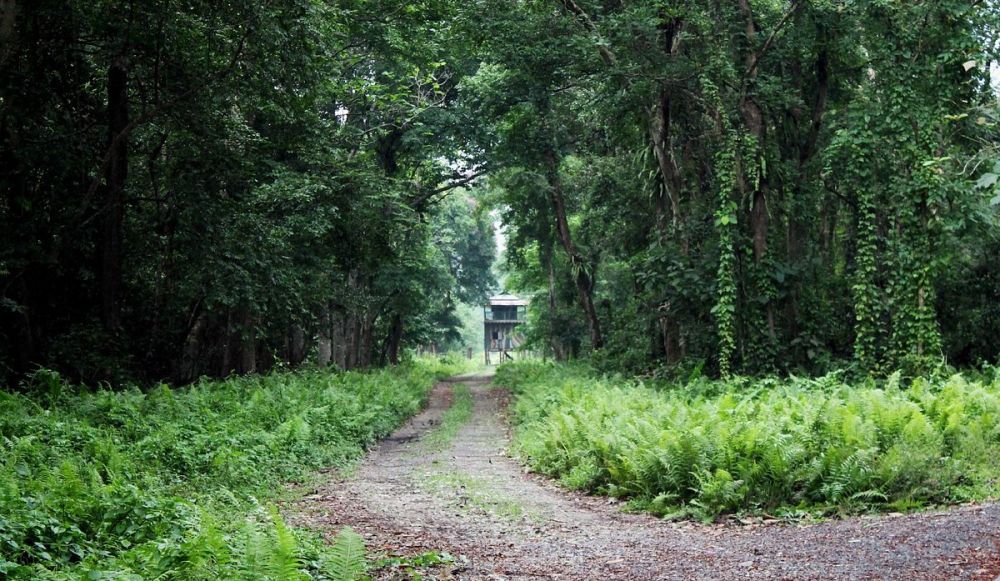

Lying in the heart of the Dooars at the Himalayan foothills, the Chilapata Forest is a dense jungle near Cooch Behar in West Bengal, India. It serves as an elephant corridor between Jaldapara National Park and Buxa Tiger Reserve. The history of tourism in the Chilapata Forest is relatively modern, with growing interest in wildlife safaris and eco-tourism.
The Chilapata Forest, however, has historical significance that dates far back in time. At its heart lies the ruins of an ancient fort, believed to be of the Nal Rajas from the Gupta Empire during the 5th century. Although the fort, known as 'Nalrajar Garh,' has deep archeological values, it wasn't until recently that it began attracting tourists.
In the last few decades, Chilapata has begun to emerge as a sought-after destination for nature lovers and wildlife enthusiasts. The forest's vast biodiversity includes one-horned rhinoceros, elephants, bison, leopards, and several species of birds and reptiles. The combination of historical intrigue and natural beauty has made it a unique proposition for tourists.
Eco-tourism has been promoted to offer visitors a chance to experience the wilderness sustainably. The Government, along with various NGOs, has set initiatives to preserve the forest's ecosystem while providing livelihood opportunities to the local communities through tourism.
The latest tourism trend in Chilapata Forest focuses on responsible travel, with environmental conservation at its core. Tourists are encouraged to partake in eco-friendly activities including jungle safaris, bird watching, and treks. Many local operators have adopted practices to minimize the ecological footprint, including the use of electric vehicles for safaris.
With the advent of social media, Chilapata's visibility has grown exponentially, with travelers sharing their experiences and helping in increasing awareness about the forest's rich flora and fauna. Recently, accommodations have also trended towards the more sustainable, with options like eco-resorts and jungle camps that are environment-centric.
Homestays have also become a popular choice among tourists, as they offer a chance to experience the local culture intimately while ensuring that the economic benefits of tourism reach the local inhabitants.
In the face of the global pandemic, Chilapata Forest tourism has also adapted new protocols for safety and hygiene to ensure the well-being of both tourists and wildlife, indicating agility and responsiveness to global tourism trends.
The Chilapata Forest stands as a testament to West Bengal's commitment to preserving its natural heritage. While the tourism history in this region is not as ancient as the ruins that lie within it, Chilapata is establishing itself firmly on the tourism map with its rich biodiversity, historical monuments, and sustainable tourism practices, ensuring that it remains a pristine and exotic destination for generations to come.